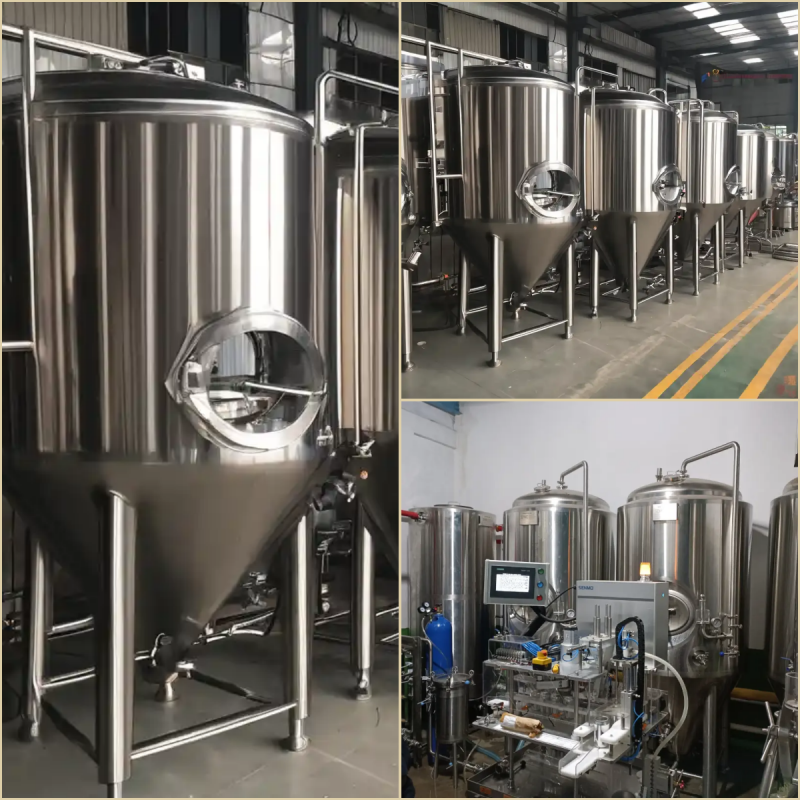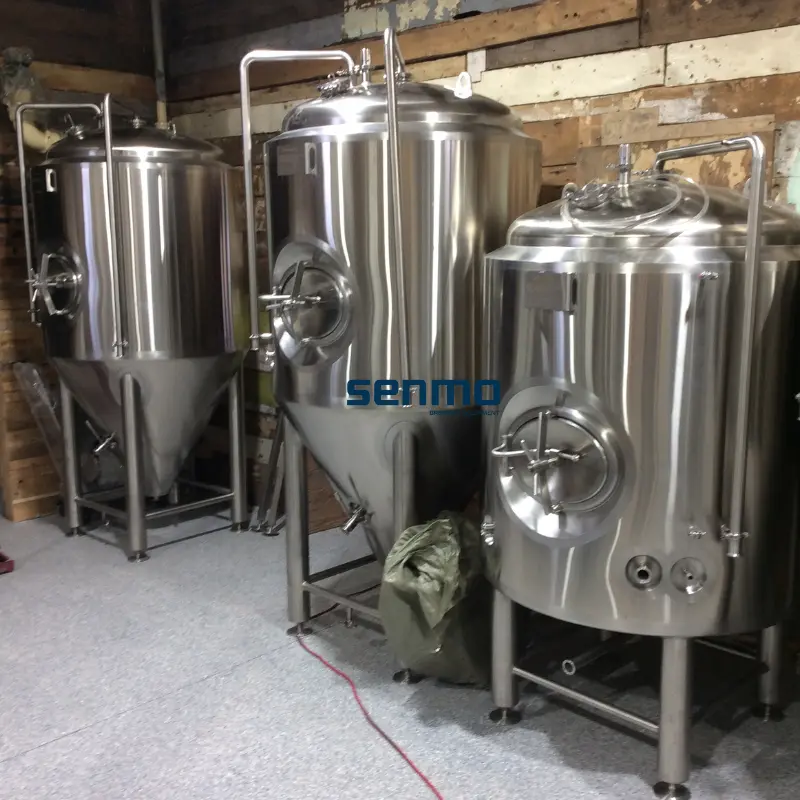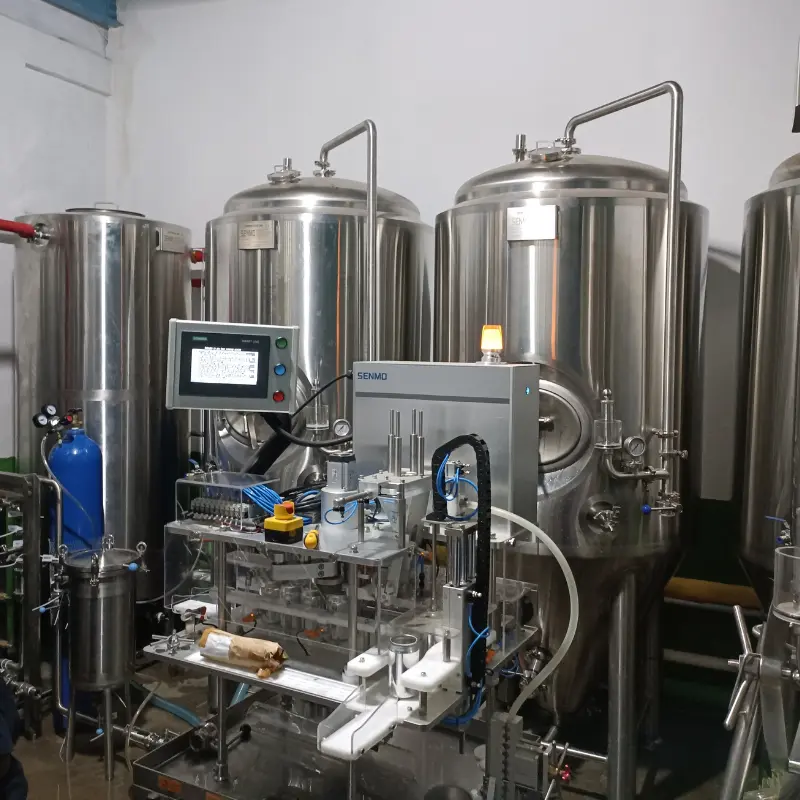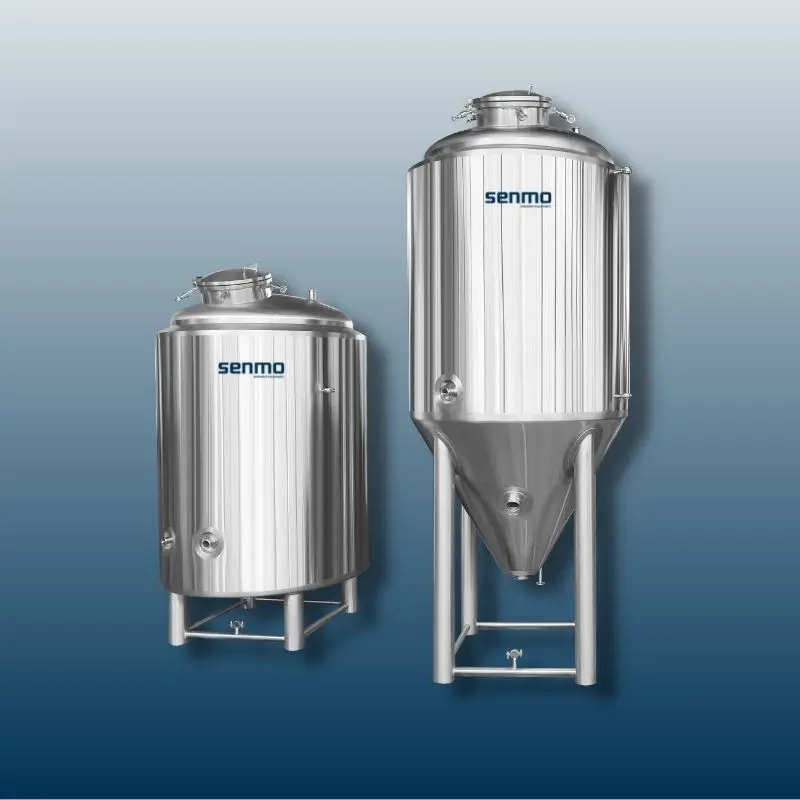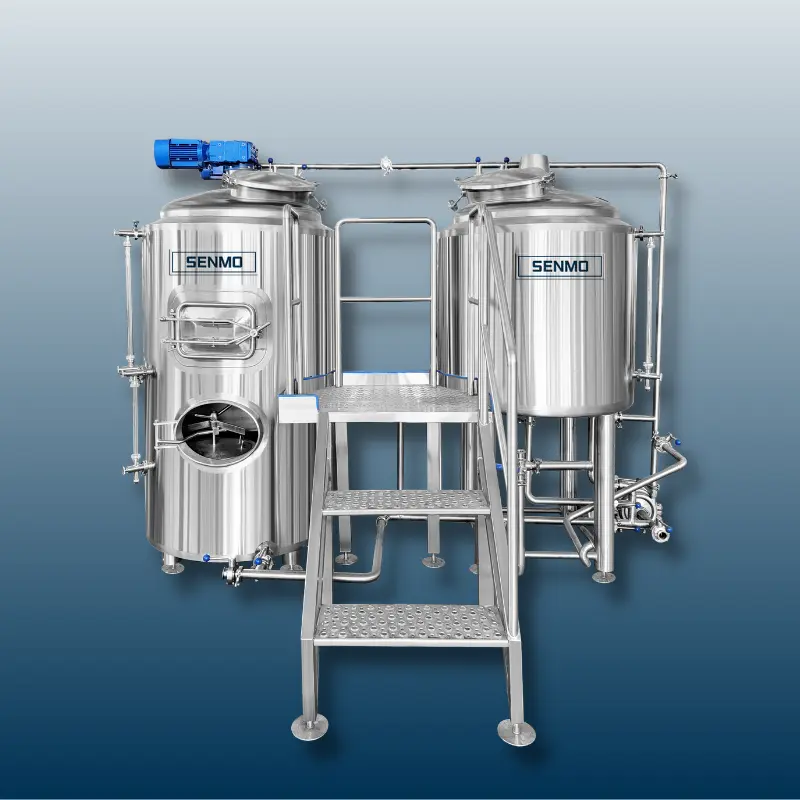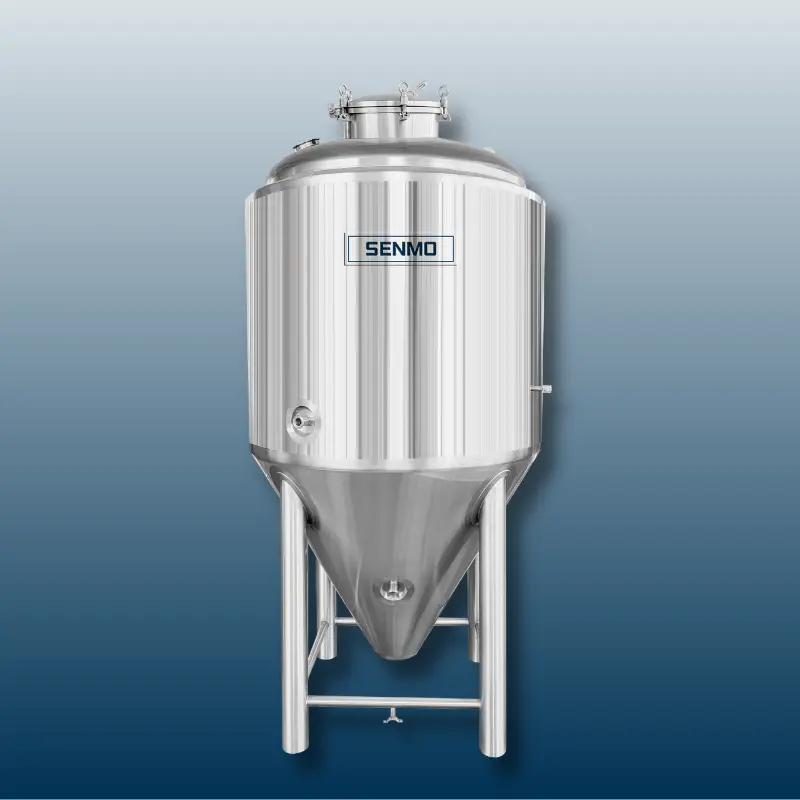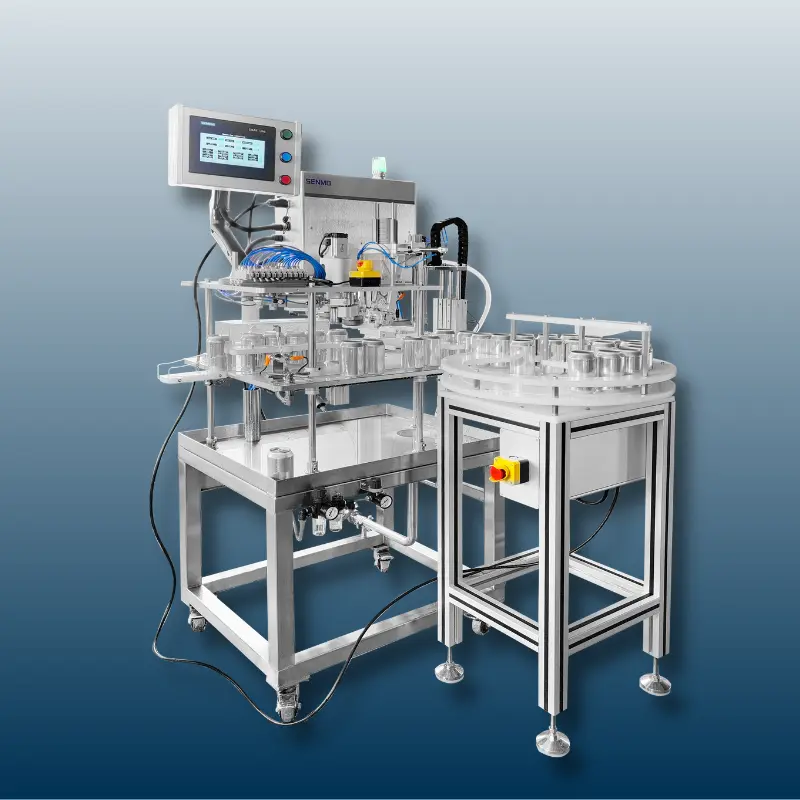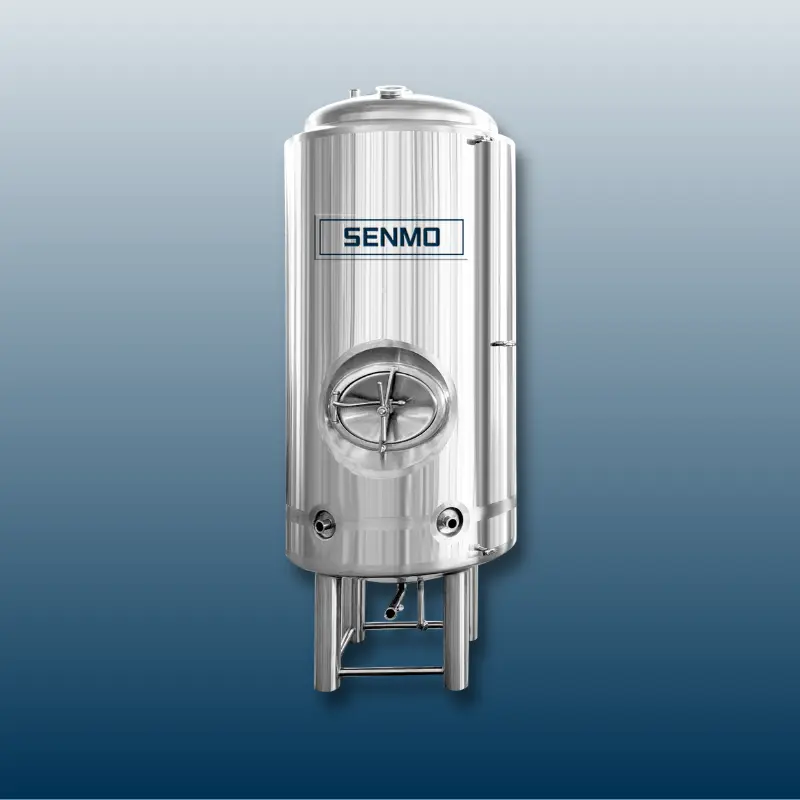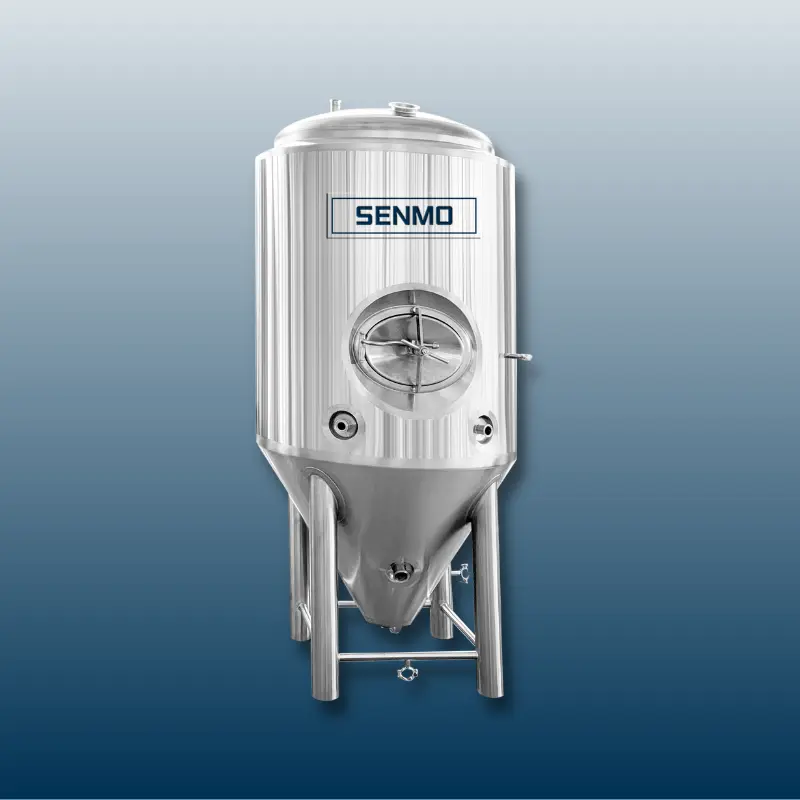Introduction: The Global Rise of Craft Breweries
Over the past two decades, craft breweries have transformed the beer industry. Once dominated by industrial giants, the market now celebrates small, independent brewers who prioritize quality, flavor diversity, and local identity. According to the Brewers Association (2024), the global craft beer market was valued at $122 billion in 2023 and is projected to reach $200 billion by 2030, growing at a compound annual growth rate (CAGR) of 7.2%.
Table 1: Global Craft Beer Market Overview (2020–2030 Projection)
| Year | Market Size (USD Billion) | Growth Rate (%) | Key Regions |
|---|---|---|---|
| 2020 | 87.2 | — | North America, Europe |
| 2023 | 122.0 | 6.9 | Asia-Pacific emerging |
| 2025 | 152.5 | 7.3 | Rapid growth in China |
| 2030 (est.) | 200.3 | 7.2 | Global market expansion |
The craft beer revolution reflects a larger consumer trend toward authenticity, sustainability, and creativity. Today’s beer enthusiasts are more educated about brewing styles, ingredients, and the craftsmanship behind every pint.
What Exactly Is a Craft Brewery?
A craft brewery is a small, independent brewery that produces limited quantities of beer, emphasizing flavor, innovation, and traditional techniques.
According to the Brewers Association (U.S.), a craft brewery must meet three main criteria:
Small – Produces less than 6 million barrels per year.
Independent – Less than 25% of the brewery is owned by a non-craft alcoholic beverage company.
Traditional – Focuses on flavor and traditional ingredients like malted barley.
Craft breweries are often called microbreweries when they produce fewer than 15,000 barrels annually, often serving local bars, restaurants, and taprooms.
Understand the difference between craft breweries and microbreweries: Microbrewery vs Craft Brewery
Craft vs. Industrial Breweries: Key Differences
Craft breweries differ from large-scale industrial breweries not only in size but also in their production approach, ingredient selection, and brand philosophy.
Table 2: Comparison Between Craft and Industrial Breweries
| Aspect | Craft Brewery | Industrial Brewery |
|---|---|---|
| Production Volume | < 6 million barrels/year | > 10 million barrels/year |
| Ownership | Independent | Owned by large corporations |
| Beer Styles | Diverse, experimental | Standardized lagers |
| Ingredients | Natural, local, artisanal | Mass-produced ingredients |
| Flavor Focus | High quality and variety | Consistency and mass appeal |
| Community Role | Local engagement | Global distribution |
| Equipment Scale | Small-to-medium (manual/semi-auto) | Fully automated industrial systems |
This focus on creativity and locality has made craft breweries cultural landmarks, often doubling as community gathering spaces or tourism attractions.
Brewing Process in Craft Breweries
Craft brewing typically follows five major stages: malting, mashing, boiling, fermentation, and packaging. However, the smaller scale and flexibility of craft breweries allow brewers to adjust each step to create unique recipes and flavor profiles.
Table 3: Simplified Craft Beer Brewing Process
| Stage | Description | Duration | Key Equipment |
|---|---|---|---|
| Malting | Barley is soaked and germinated to produce malt | 2–3 days | Malt handling system |
| Mashing | Malt mixed with hot water to convert starches to sugars | 1–2 hours | Mash tun |
| Boiling | Wort is boiled with hops to add bitterness and aroma | 1 hour | Kettle/boiling tank |
| Fermentation | Yeast converts sugars into alcohol and CO₂ | 7–21 days | Fermentation tank |
| Conditioning & Packaging | Beer matures before bottling/kegging | 7–14 days | Bright beer tank, filling line |
Modern craft breweries often rely on automated control systems for temperature, pressure, and fermentation monitoring to ensure consistency and efficiency—especially as production scales up.
The Global Craft Beer Landscape
North America: Market Leader
The United States remains the largest craft beer market, with over 9,700 active craft breweries as of 2024. Craft beer now accounts for 27% of the total U.S. beer market by value, according to the Brewers Association.
Europe: Tradition Meets Innovation
Countries like Germany, Belgium, and the UK are blending traditional brewing methods with modern experimentation. The UK craft beer market surpassed £2.2 billion in 2023, with over 2,500 registered craft breweries.
Asia-Pacific: Fastest-Growing Market
China, Japan, South Korea, and Australia are experiencing rapid growth in craft beer consumption. According to Allied Market Research, Asia-Pacific craft beer sales are expected to grow at a CAGR of 8.5% from 2023 to 2030.
Table 4: Craft Brewery Distribution by Region
| Region | Number of Craft Breweries | Market Share (%) | Growth Rate (%) |
|---|---|---|---|
| North America | 10,200 | 42% | 5.6 |
| Europe | 8,500 | 35% | 6.0 |
| Asia-Pacific | 4,800 | 18% | 8.5 |
| Latin America | 1,200 | 4% | 4.8 |
| Middle East & Africa | 300 | 1% | 3.2 |
Asia-Pacific, especially China, is becoming a crucial region for craft beer expansion due to its large population of young consumers and growing hospitality industry.
Why Craft Breweries Succeed: Consumer Trends and Values
Modern beer consumers are shifting toward experience-driven, artisanal products. The success of craft breweries is largely attributed to:
Flavor Diversity – Over 150 recognized beer styles (IPA, stout, porter, wheat beer, etc.).
Local Ingredients – Use of local hops, fruits, and herbs enhances uniqueness.
Sustainability – Eco-friendly packaging, energy-efficient brewing, and waste reuse.
Community Connection – Craft breweries often serve as event spaces and cultural centers.
Premium Perception – Craft beer is seen as a luxury lifestyle choice.
According to Statista (2024), 72% of craft beer consumers say flavor variety is the top reason they choose craft beer, while 58% value supporting local businesses.
Table 5: Top Motivations for Choosing Craft Beer
| Motivation | Percentage (%) |
|---|---|
| Unique flavor and quality | 72 |
| Support local or independent breweries | 58 |
| Sustainable or organic production | 44 |
| Brand story and authenticity | 36 |
| Community and social atmosphere | 30 |
To learn about the cost of brewing equipment, please see: How Much Does Brewery Equipment Cost? A Realistic Guide for Brewers in 2025
Setting Up a Craft Brewery: The Role of Quality Equipment
Launching a successful craft brewery requires not just great recipes but also reliable and customizable brewing equipment. From small microbreweries to medium-scale brewpubs, the equipment must meet standards for safety, consistency, and scalability.
Essential Equipment for Craft Breweries
Brewhouse system: Mash tun, lauter tun, kettle, whirlpool tank
Fermentation system: Fermenters, bright beer tanks
Cooling system: Glycol chillers
Control system: Automatic, semi-automatic, or manual
Filling and packaging equipment
Cleaning systems and piping
Table 6: Equipment Capacity Options for Different Brewery Types
| Brewery Type | Daily Output (L) | Typical Equipment Size | Control Type | Recommended Material |
|---|---|---|---|---|
| Home Brewery | 50–500 | Compact | Manual | SUS304 |
| Microbrewery | 500–3,000 | Small system | Semi-automatic | SUS304/SUS316 |
| Brewpub | 3,000–10,000 | Mid-size | Semi-auto/auto | SUS316/Copper |
| Commercial Craft Brewery | 10,000–50,000 | Large modular | Automatic | SUS316 |
The choice of materials like SUS304 and SUS316 stainless steel ensures corrosion resistance, easy cleaning, and long service life—essential for consistent beer quality.
For instructions on selecting equipment of different specifications, please see: 15 BBL vs. 7 BBL vs. 30 BBL: Which Brewhouse Size Is Right for You?
Challenges Facing Craft Breweries
Despite booming popularity, craft breweries face certain challenges:
Rising raw material costs (especially hops and malt)
Distribution limitations due to small-scale production
Equipment investment costs
Regulatory compliance and licensing
Competition as more local breweries enter the market
To overcome these, partnering with a professional brewery equipment supplier that provides technical support, installation, and training becomes crucial.
Shandong Senmo Machinery Company: Your Trusted Partner for Craft Brewery Success
When it comes to setting up or upgrading a craft brewery, equipment quality and after-sales support are the backbone of success. Shandong Senmo Machinery Company, based in Jinan—the hometown of China’s beer equipment industry, offers a complete turn-key solution for craft breweries worldwide.
Company Overview
Location: Jinan, China
Workshop Area: Over 2,000 square meters
Employees: 80+ production staff; 20+ sales and service experts
Experience: 9+ years in brewery R&D and manufacturing
Business Scope
One-stop service: From design and installation to training
Product Series: 5 major series and 50+ varieties—brewhouses, fermentation systems, filling lines, dispensers, and display freezers
Customization: Automatic, semi-automatic, or manual control options
Materials: High-grade SUS304, SUS316, and copper shells
Certifications: CE, IOS, UL
Warranty: 5 years
Installation: Overseas installation by professional engineers
Delivery: Within 60 working days
Market Reach
Exported to over 20 countries in Europe, America, Australia, and Asia
Trusted by well-known enterprises worldwide
Recognized for exceptional durability, efficiency, and customer satisfaction
Why Choose Shandong Senmo Machinery
Custom-Tailored Systems: Designed to fit breweries of all sizes.
Energy Efficiency: Advanced heat recovery and temperature control systems.
Comprehensive Support: From R&D to after-sales service.
Global Service Network: Ensures seamless technical assistance.
High Reputation: Praised for reliability and innovation in brewing equipment.
With Shandong Senmo’s expertise, brewers can focus on crafting the perfect beer, while the company ensures world-class performance and sustainability from every piece of equipment. Contact Senmo to design your brewery solution.
Conclusion
Craft breweries have redefined the global beer industry—emphasizing creativity, authenticity, and community spirit. As the market continues to grow, investing in high-quality, customizable brewing equipment becomes vital for maintaining product excellence and operational efficiency.
Whether you are launching a new microbrewery or scaling up your existing one, Shandong Senmo Machinery Company offers the experience, technology, and service to help you succeed in the competitive world of craft beer.
